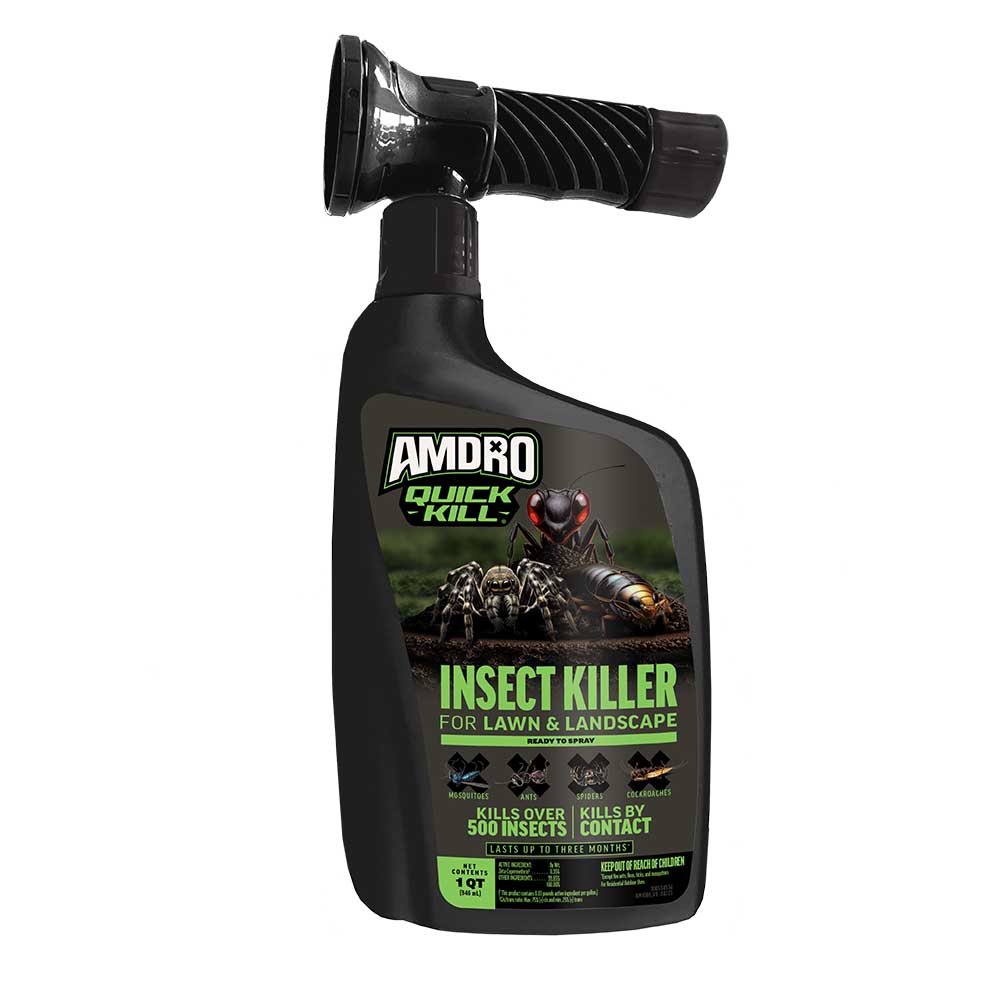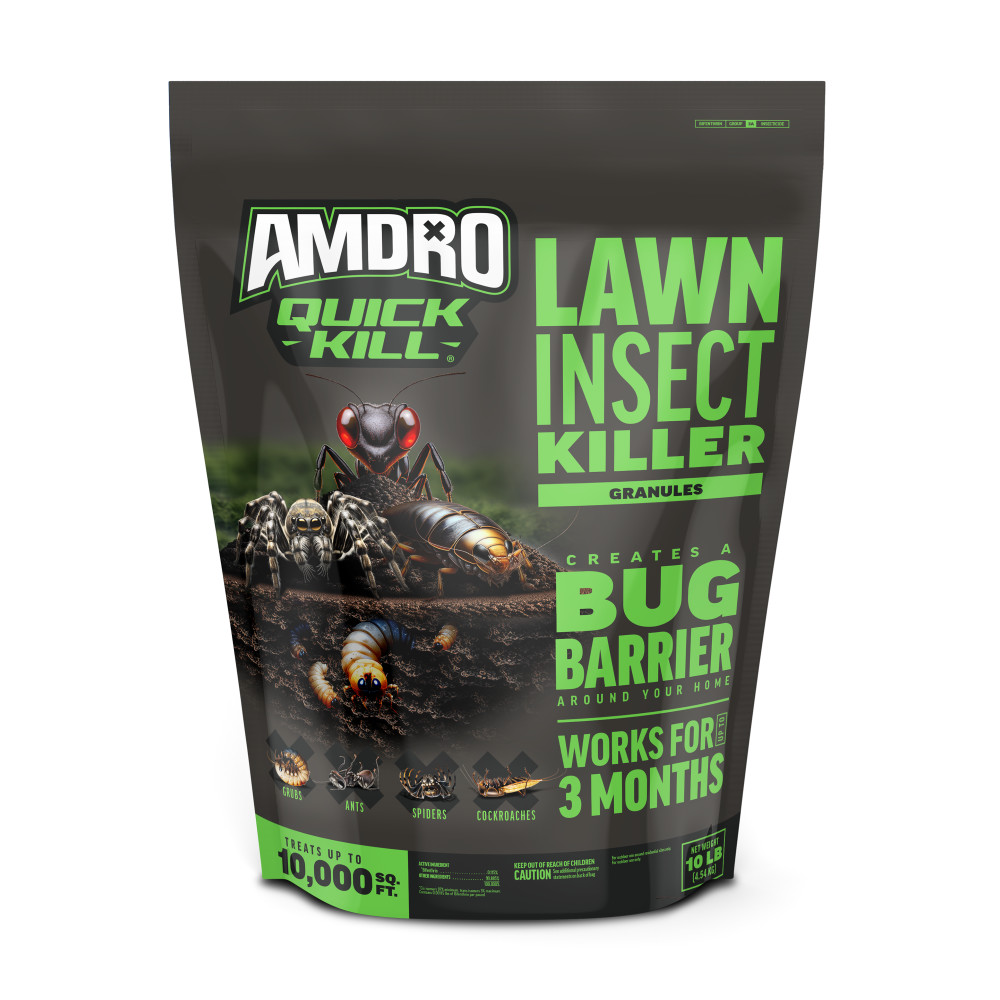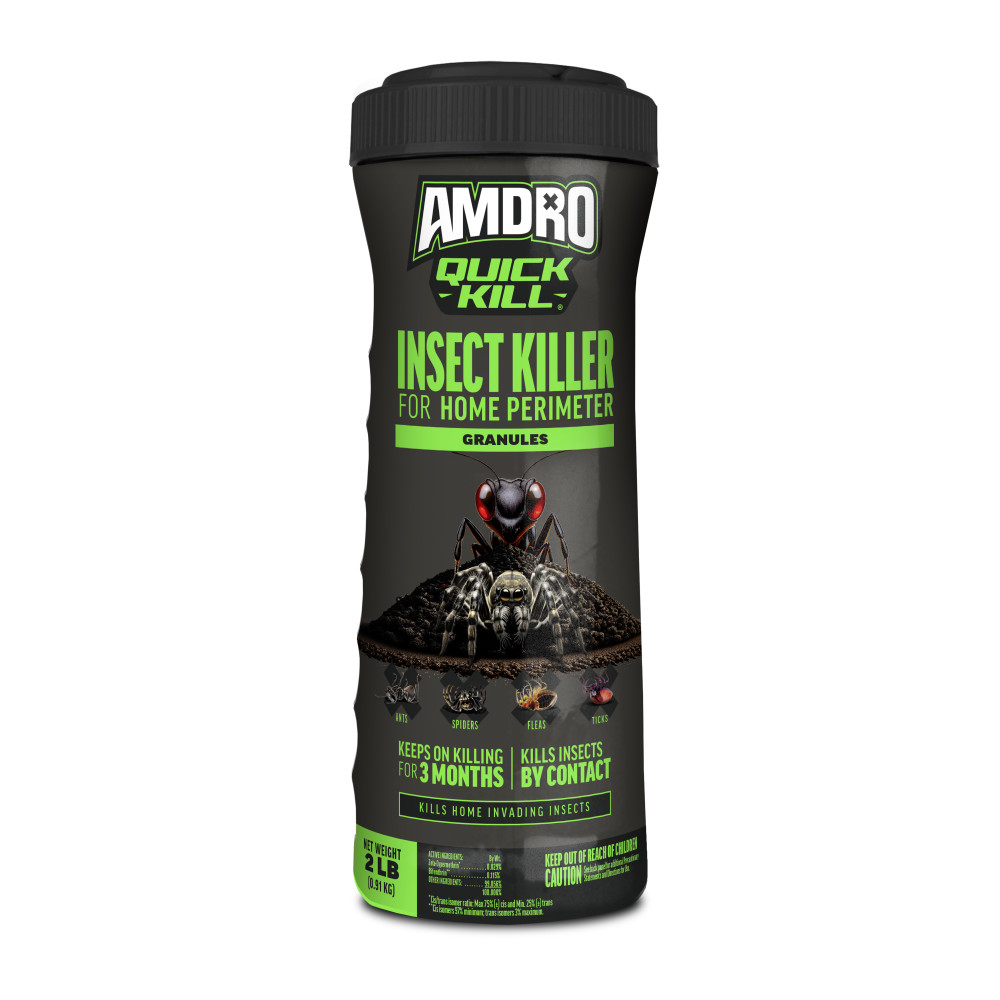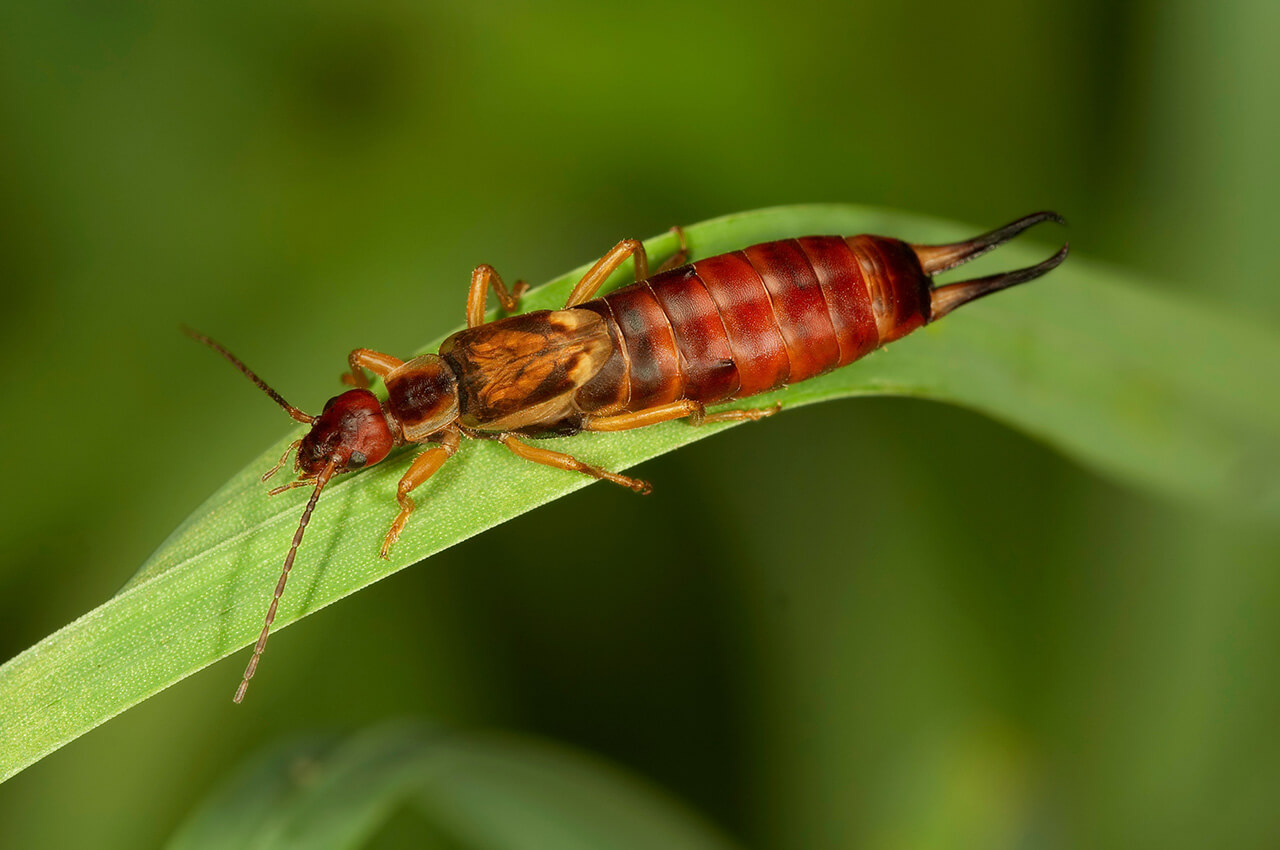Beetles
BEETLE IDENTIFICATION
Known as the largest animal group on earth, beetles run the gamut in terms of size, coloration and the many ways they plague gardens and homes. They come with spots, stripes, glistening metallic colors, intriguing bumps and ridges — and more. Some chew leaves; other devour roots; still others bore into wood.
Common pests that reflect this diversity include the devastating Japanese beetle and these familiar invaders:
- Colorado potato beetles – These yellow-orange insects grow up to 1/2 inch long. Black spots mark the area behind their head, but their wing covers carry black stripes. Both the immature larvae and adults feed on leaves. They regularly defoliate their targets overnight.
- Billbugs – Members of the weevil family (a beetle subgroup), billbugs get their name from their long, bill-like snouts. Common billbugs grow up to 1/2 inch in length, in colors ranging from light brown to black. A serious turf pest, they damage grass in their legless larval stage and as beetle adults.
- June beetles – Also known as June bugs, beetles that go by this common name grow from 1/2 to 1 1/2 inches long. Part of the scarab beetle group, the adults are nuisance pests, congregating near lights and hitting window screens on summer nights. But in their legged larval stage, known as grubs, they severely injure lawns.
While adult beetles vary significantly in appearance, they all have hard, protective shells that shield delicate wings. Antennae differ, too. Some are short and club-like; others are long and curving; still others have featherlike tips.
SIGNS OF BEETLES
Beetle mouthparts are designed for biting and chewing. For leaf-eating beetles like the Colorado potato beetle, young foliage usually takes the first hit. When that's gone, these pests move to older leaves. When they're finished all but the main leaf veins are gone.
Beetle turf damage often masquerades as drought damage at first. Get closer, and billbug-damaged grass blades look eaten from the inside out. Infestations of June beetle larvae and other beetle grubs leave your lawn feeling spongy and springy underfoot. Roll back affected turf and you'll see beetle larvae feasting on grass roots.
HOW TO CONTROL BEETLES
Effective beetle control means matching products to the type of pest involved. For leaf-eating beetles, treatment focuses on beetles visible on your lawn or plants, as well as plants showing signs that beetles have stopped by.
Turf-damaging beetles may stay hidden. Fighting these pests involves killing destructive larvae before they do more damage, and reaching adults before they mate and reproduce. Whatever your target, Amdro brand has a control option to work for you:
- Amdro Quick Kill Outdoor Insect Killer, available in ready-to-spray and concentrate formulas, starts working on contact to kill beetles in minutes and keeps working for up to three months. Use it on lawns, trees, shrubs and flower gardens where you suspect beetle pests are at work.
- Amdro Quick Kill Lawn Insect Killer Granules II go on your lawn and landscape areas to kill beetles and beetle larvae at and below the surface. Apply the granules with a standard lawn spreader, then lightly water the treated area. This product kills pests within 24 hours and keeps protecting for up to three months.
- Amdro Quick Kill Home Perimeter Insect Killer Granules create a barrier of protection around your home to kill beetles before they wander inside to check things out. The easy-to-use granules work by contact and keep killing pests for up to three months.
BEETLE TIPS
Beetle larvae are as destructive as adult beetles — or sometimes worse. Treat adults to prevent new generations. Treat newly hatched larvae while they're young, small and most vulnerable.
Always read product labels and follow the instructions carefully, including pest-specific application rates.
Amdro and Amdro Quick Kill are registered trademarks of Central Garden & Pet Company.
Pest Gallery


Rocky Mountain billbug (top) and Bluegrass billbug (bottom)
Photo credit: Joseph Berger, Bugwood.org (CC BY 3.0 US)

June beetle, also known as June bug
Photo credit: Steven Katovich, Bugwood.org (CC BY 3.0 US)

Is this not your insect?








